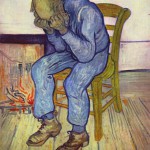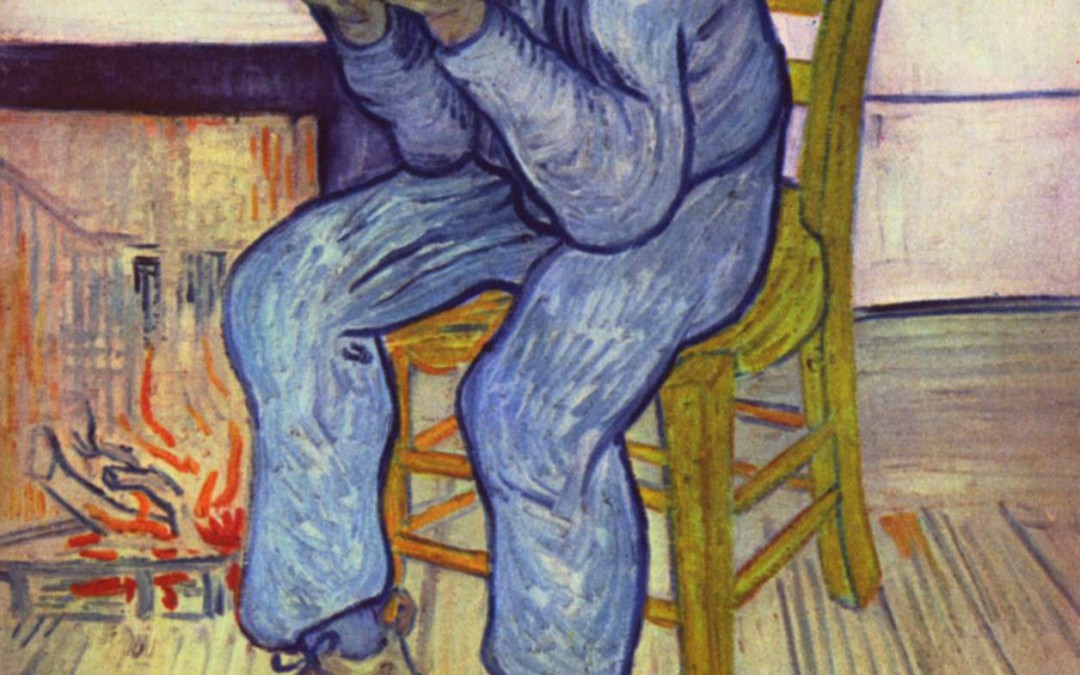 Clinical depression is a debilitating condition that often occurs in conjunction with other physical or mental health issues. It affects over 10 million American adults, as well as one in eight adolescents. Contrary to popular belief, depression is not just characterized by bouts of sadness. It can halt an individual’s entire life, and leave him or her more susceptible to heart problems, self-harm, and death. It is important, therefore, to be able to recognize signs of depression by knowing the difference between sadness and a more serious problem.
Clinical depression is a debilitating condition that often occurs in conjunction with other physical or mental health issues. It affects over 10 million American adults, as well as one in eight adolescents. Contrary to popular belief, depression is not just characterized by bouts of sadness. It can halt an individual’s entire life, and leave him or her more susceptible to heart problems, self-harm, and death. It is important, therefore, to be able to recognize signs of depression by knowing the difference between sadness and a more serious problem.
The symptoms associated with clinical depression must be present for two or more weeks in order for the condition to be accurately diagnosed. A person suffering will experience a depressed mood and a lack of enjoyment or fulfillment. He or she may appear to be lethargic on a daily basis, be unable to make decisions, report anhedonia, and have recurring suicidal ideations. A feeling of hopelessness is a large indicator of whether or not someone is experiencing clinical depression. To them, everything will seem bleak, and they will be unconvinced life can get better.
Another key factor that signals depression is rapid changes in weight and appetite. A person with depression can either lose his or her appetite entirely, or compensate for the lack of feeling by overeating. If you notice a significant percentage of weight being put on or coming off of someone you know, do not treat the matter lightly. Look for other signs of depression to determine whether or not this person needs to seek out treatment.
Furthermore, clinical depression will affect sleep cycles and mood. Those suffering tend to be more irritable and less willing to compromise, as they have trouble getting to sleep at night. This can also lead to a lack of concentration, and to physical aches that have no explanation. The severity of the symptoms depends on what kind of depression a person is experiencing, but the symptoms themselves are standard across the board.
Major Depression, for example, is the type of depression that can tether an individual to his or her bed for days, not allowing them to see the point of eating, moving, or maintaining personal hygiene. Interestingly enough, this form of depression is one in which suicide is least likely, simply because the depressed person does not have the energy to get out of bed.
Dysthymia, on the other hand, is a type of relentless, low-grade depression. It is characterized by feeling moderately depressed most days for two years at least, and by a difficulty remembering times in which you felt better. Unfortunately, the rate of suicide and self harm is higher in this category.
The previously discussed Bipolar Disorder is also a type of clinical depression, as is Seasonal Affective Disorder (or SAD.) SAD can be diagnosed when a person experiences the symptoms of depression only during certain months of the year.
Depression is a dangerous disorder, and, despite still being stigmatized in society, is as serious as any physical injury. In order to combat it, we must all be able to recognize its symptoms, and continue advocating for mental health awareness.

